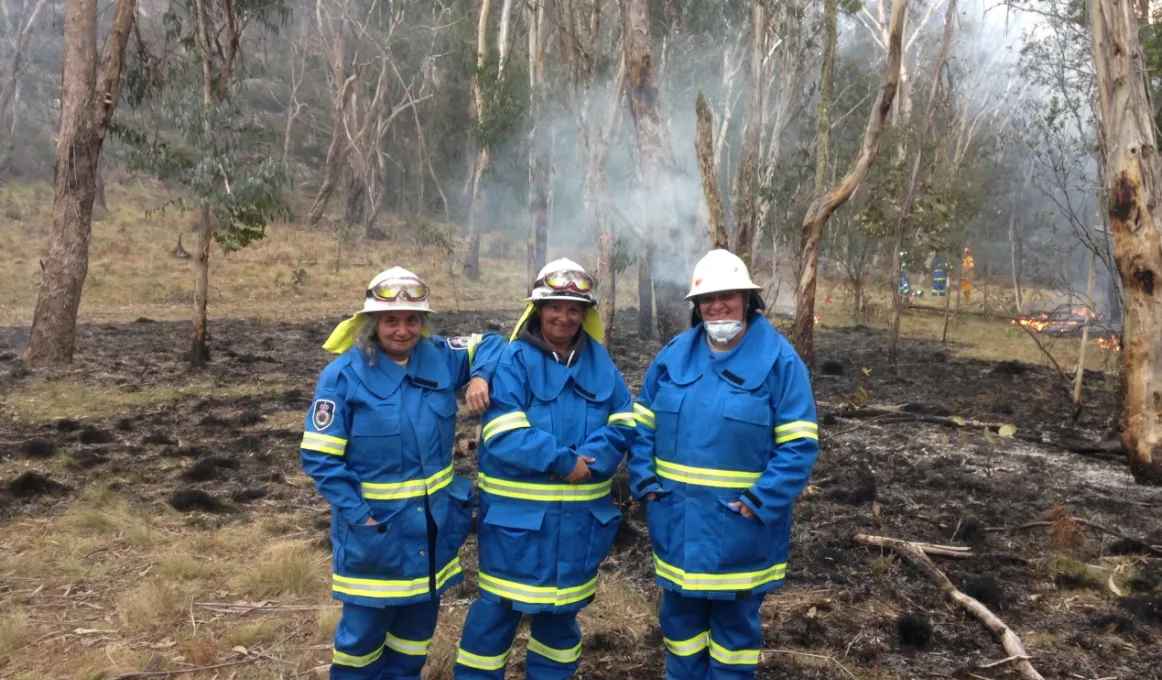Using fire to keep country pristine and culture strong

The Wattleridge Aboriginal rangers in northern New South Wales are using cultural burning to look after their country while regaining lost cultural knowledge.
The Wattleridge Aboriginal rangers in northern New South Wales are using cultural burning to look after their country while regaining lost cultural knowledge.
For thousands of years, Aboriginal and Torres Strait Islander people have successfully used fire to control their country. So, a project reintroducing fire as an environmental management tool has been eagerly adopted by some Aboriginal rangers looking to regain lost cultural knowledge.
In the Wattleridge Indigenous Protected Area (IPA), 30km north of Armidale in northern New South Wales, a group of Aboriginal rangers are part of the Firesticks project, which is re-establishing the use of cultural burning to control weeds and feral animals. Banbai woman Tanya Elone is the manager of the Wattleridge rangers and says that they have been eager to get involved with Firesticks.
“Using fire as a land management tool has been part of our culture for thousands of years,” Tanya said.
“Sadly, however there are no elders left to teach us about fire so we are relearning this knowledge.”
The Wattleridge IPA, which employs fifteen local Aboriginal people as rangers, became involved with Firesticks in 2009. They have been working with two PhD students, looking at the effects of using fire on the area.
The rangers monitor animals, setting up traps to see what native and feral animals are around before and after the fire, and determining what benefits the controlled burnings are bringing to the local environment.
It hasn’t all been plain sailing though.
“In 2010 we did a ‘wrong way’ burn, where the fire was too intense,” Tanya said.
“As a result, after the fire there were a lot of weeds growing in the area, as well as bracken fern. Bracken fern is a native plant but is not supposed to grow in open paddocks.
“We should have done what’s called a ‘slow burn’. However, even the ‘wrong way’ burn had its unintended benefits, as the native black grevillea plant came back twice as strong after the fire.”
In 2012 there was another controlled fire in the Kukra region (meaning “echidna” in the Banbai language). This time it was what is known as a ‘right way burn’, and the benefits have been clear to see.
“Native animals local to the area are echidnas and brush tailed rock wallabies, and we’ve seen a lot more of these around following the right way burn,” Tanya said.
“We use fire as a management tool, preventing wildfires. We’re next to a national park so it’s important to do it right.”
Find out more
The New South Wales Nature Conservation Council’s Firesticks Project receives funding under the Biodiversity Fund to work with Aboriginal communities on the NSW north coast and tablelands using fire to maintain ecosystem health and improve habitat condition and connectivity.
As well as protecting land and sea country, Indigenous Protected Areas provide employment, education and training opportunities for Indigenous people in remote areas.
The Working on Country Photo Competition showcases the work of Indigenous ranger and Indigenous Protected Area groups by inviting them to share their stories visually.